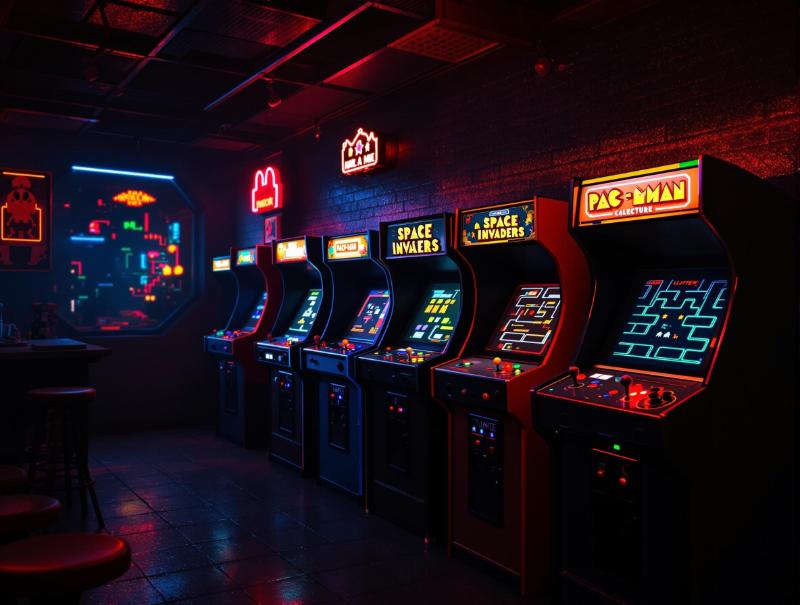The Rise, Fall, and Digital Revival of Arcade Gaming

If you’ve ever found yourself drawn into the vibrant buzz of flashing lights, the hum of electronic sounds and the challenge of overcoming high scores, you’ve stepped into the legacy of arcade games.
While arcades might not dominate the entertainment scene as they once did, their impact continues to ripple through modern gaming. Let’s take a journey through time to discover how arcade games became such a central part of gaming history.
Early origins
Arcade games didn’t appear out of nowhere – their roots trace back to the 1960s and early 1970s. During this time, video games were still in their infancy, mainly confined to research labs and deeply entwined with military interests.
But as technology advanced, a vision started to come together: a type of entertainment that could be enjoyed by the general public. The concept of coin-operated machines became the vehicle for this new form of amusement, though their first iteration was far from what we might expect today.
These machines were more akin to mechanical devices. As a result, the first arcade games were often rudimentary, utilising basic graphics and limited interaction. However, even at this initial stage, the seeds of something significant had been planted.
The dawn of an era
The first arcade games that captured public attention were built around simple yet addictive gameplay. By the mid-1970s, arcade machines began appearing in public spaces such as bars, shopping centres and bowling alleys. These games offered a unique, immersive experience that was different from anything else available at the time.
The real breakthrough for arcade games came with their digitalisation. As graphics and sound improved, so did the complexity and appeal of the gameplay. This period marked the beginning of what would be known as the golden age of arcades.
The golden age
During the 1980s, arcades exploded in popularity, with games being installed everywhere from malls to amusement parks. The atmosphere surrounding arcades was one of shared experiences, where players would gather around their favourite machines, competing for the top score and bragging rights. The games became more varied and immersive, offering ever-more sophisticated challenges for players to conquer.
As arcade games grew in popularity, so did the social aspect of the experience. Friendships were formed over hours of gameplay, while competitions were often fierce. Arcades became social hubs, rather than just places to play. This era also saw the birth of the arcade culture, influencing music, fashion and youth subcultures.
Decline and transition
However, by the late 1980s and early 1990s, the arcade scene started to decline. Retro gaming consoles like the NES became more advanced, offering an at-home alternative that was more convenient and affordable. Additionally, the rise of personal computers and online gaming also played a role in shifting entertainment preferences away from physical arcades.
While arcades still maintained a presence in some regions, the heyday of coin-operated machines began to fade. Yet, this didn’t spell the end of arcade gaming; it simply marked a new chapter in its evolution.
Modern resurgence
In recent years, arcade games have experienced a resurgence, though in a different form. Today, it’s possible to play a variety of arcade games online, offering the same thrilling gameplay but through digital platforms.
These games may not have the physical presence of their predecessors, but their enduring appeal continues to captivate a new generation of players. The nostalgic charm of arcade games lives on, with both retro-themed and new titles celebrating the classic style of play.
A lasting legacy
Arcade games played a pivotal role in shaping the gaming world we know today and their legacy is one of innovation, excitement and connection. Whether you’re revisiting the classics or exploring the online iterations, it’s clear that arcade games will remain an influential chapter in gaming history.





